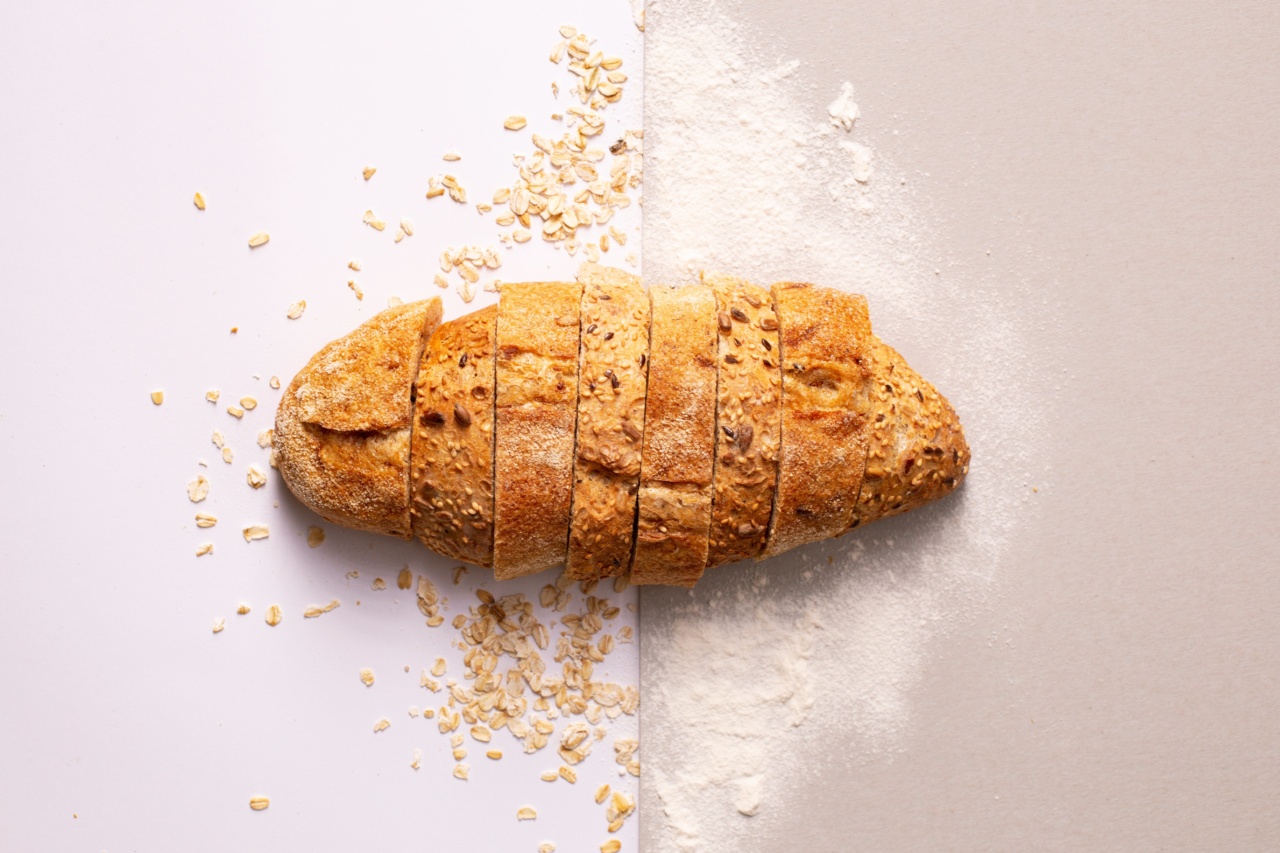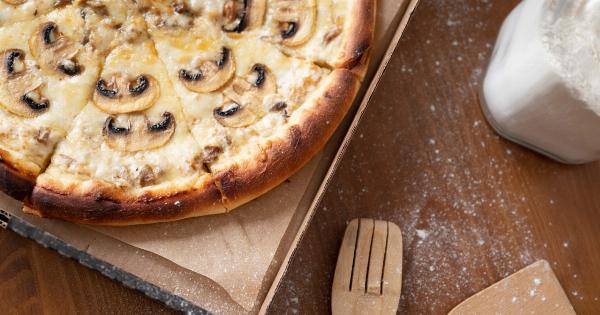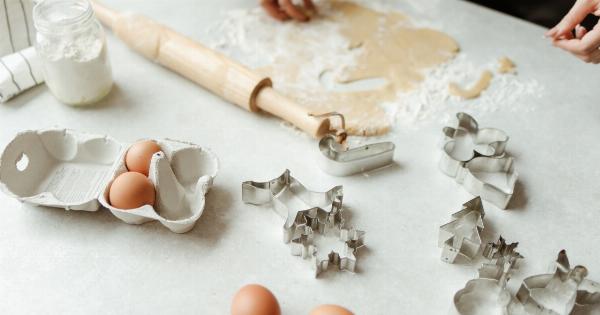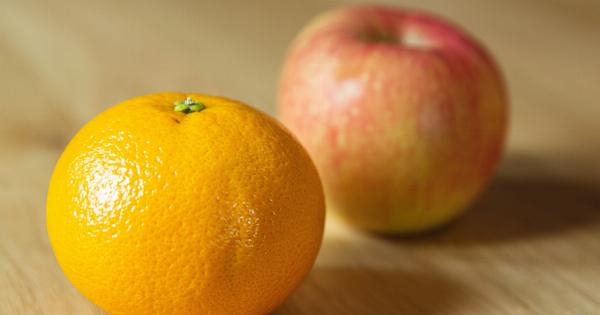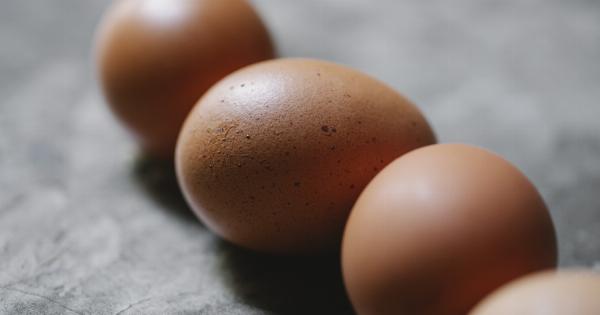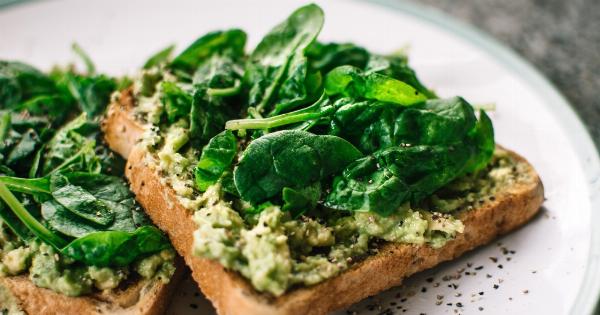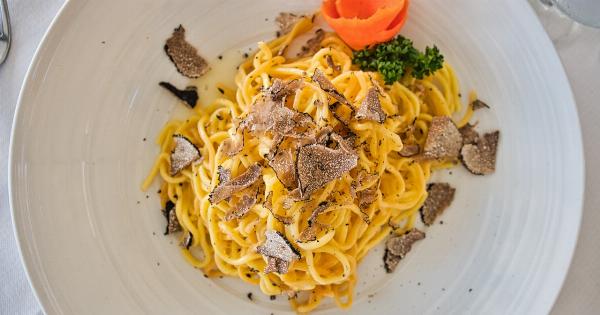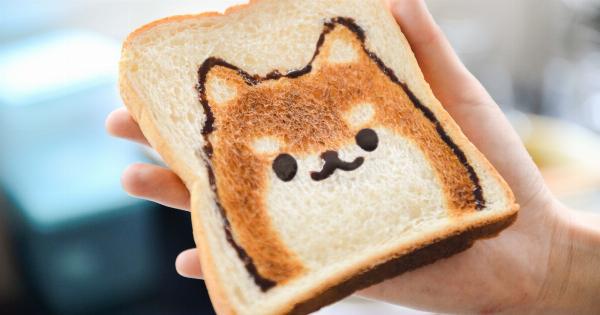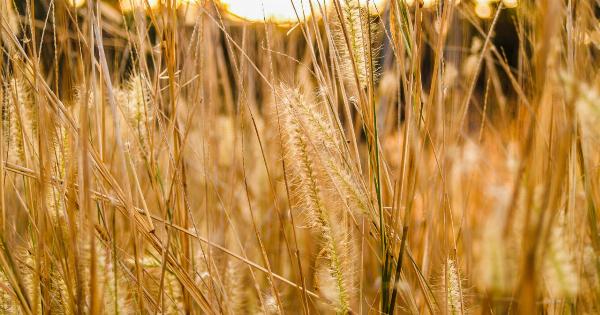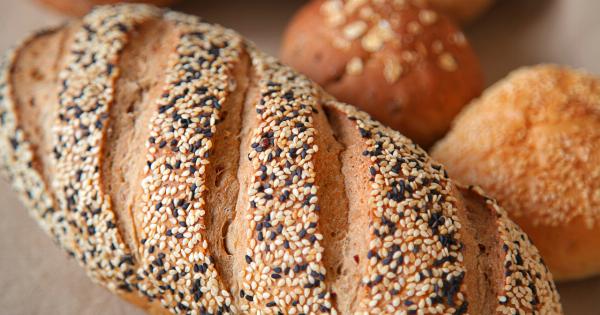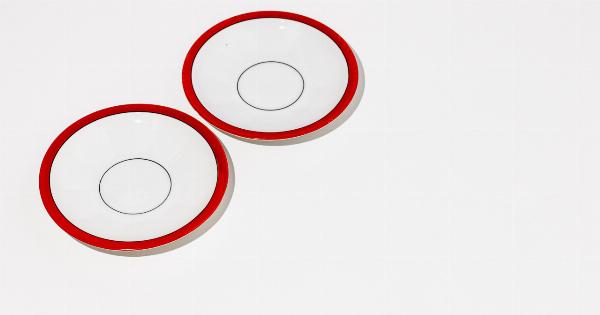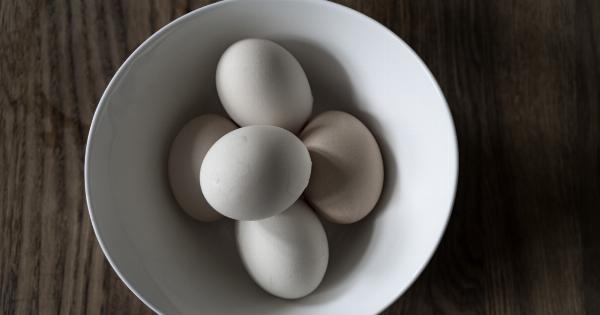Bread is a staple food enjoyed by people all over the world. It comes in various forms, from soft and fluffy to dense and crusty. But have you ever wondered what goes into making the perfect loaf of bread? The secret lies in the key ingredient – flour.
Flour not only provides structure to bread but also contributes to its texture, flavor, and overall quality. In this article, we will explore the power of flour and how it is the key to creating super bread.
The Types of Flour
Flour is derived from grinding grains or various starchy foods. While wheat flour is the most commonly used, there are several other types of flour available:.
All-purpose Flour
All-purpose flour is a versatile type of flour that contains a moderate level of protein. It is suitable for most baking purposes, including bread making.
Bread Flour
Bread flour is made from hard wheat and has a higher protein content than all-purpose flour. The increased protein leads to stronger gluten development, resulting in bread with a chewy and elastic texture.
Cake Flour
Cake flour has a low protein content and is finely milled. It is often used in delicate baked goods such as cakes and pastries, as it produces a tender and light texture.
Whole Wheat Flour
Whole wheat flour is made from the entire wheat kernel, including the bran, germ, and endosperm. It offers more fiber and nutrients compared to refined flours. When used in bread making, it creates a denser loaf with a nuttier flavor.
Rye Flour
Rye flour is produced from rye grains and has a distinct flavor. It is commonly used in making bread that has a hearty, dense texture.
Choosing the Right Flour for Bread Making
The type of flour you choose for making bread depends on the desired texture and flavor. Here are some considerations:.
Protein Content
The protein content in flour determines the gluten formation and strength. For a lighter loaf, choose a lower protein flour like cake flour. For a chewier texture, opt for higher protein bread flour.
Gluten Formation
Gluten is formed when water is mixed with flour and developed through kneading or mixing. Understanding how different flours contribute to gluten formation is essential for achieving the desired bread texture.
Flour Blending
Some bakers prefer to blend different types of flour to achieve a unique flavor profile. Experimenting with different combinations of flours can lead to exciting results.
The Role of Flour in Bread Making
Flour plays a vital role in bread making. Here are some key functions it serves:.
Structure and Stability
Flour provides structure to bread by forming a network of gluten strands. Gluten ensures the dough retains its shape during the rising and baking process.
Texture and Volume
The protein in flour helps create a desirable texture in bread. Higher protein flours produce loaves with a chewier texture, while lower protein flours result in lighter and softer bread.
Flavor and Aroma
Different types of flours impart distinct flavors and aromas to bread. Whole wheat flour adds a nutty taste, while rye flour provides a unique earthy flavor.
Color and Appearance
The type of flour used affects the color and appearance of the final bread. Refined white flours produce a lighter color, while whole wheat flours yield a deeper, richer hue.
Choosing the Right Flour for Specific Breads
While the type of flour used in bread making largely depends on personal preference, certain bread recipes are better suited for specific types of flour:.
Baguettes and French Breads
Baguettes and French bread often benefit from a high-protein bread flour. This helps achieve the characteristic chewy texture and crisp crust that are synonymous with these bread types.
Cakes and Pastries
For cakes and pastries, cake flour is generally preferred. Its low protein content produces a light and tender crumb, ensuring a delicate texture.
Whole Wheat Breads
To create hearty and wholesome whole wheat bread, using whole wheat flour is essential. Its fiber-rich composition adds flavor and texture to the bread.
Rye Breads
For traditional rye breads, rye flour is the primary choice. It creates a dense and robust loaf with a distinct and characteristic flavor.
Conclusion
Flour truly is the key to super bread. The type of flour used determines the texture, flavor, and overall quality of the loaf. Whether you prefer a soft and fluffy bread or a dense and crusty one, choosing the right flour is crucial.
Experimenting with different types of flour and blends can lead to a world of delicious possibilities. So remember, the next time you indulge in a slice of fresh bread, appreciate the power of flour that went into creating that delightful experience!.
